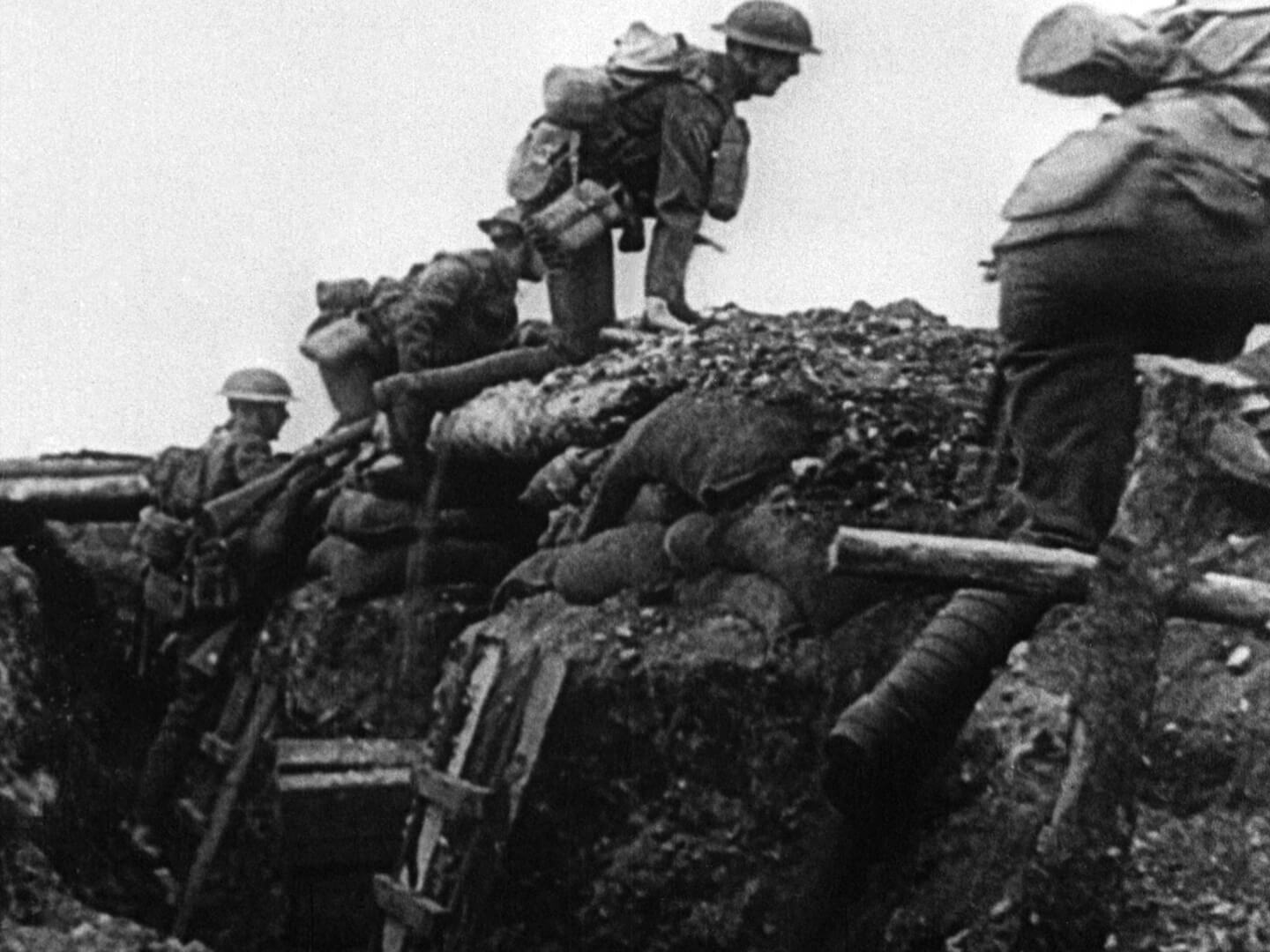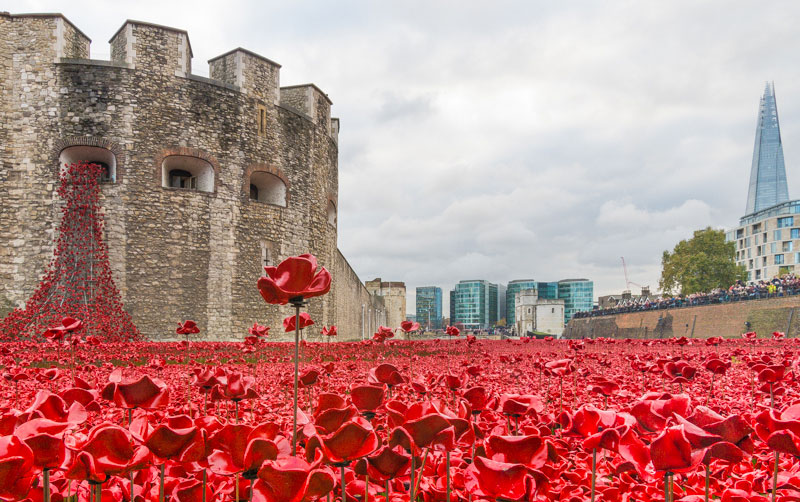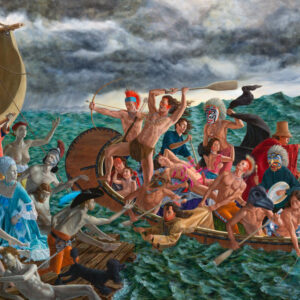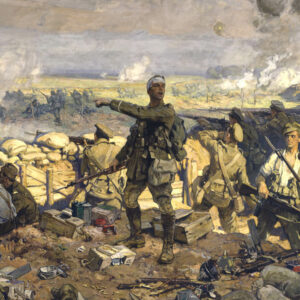Lest We Forget 1934

Frank Badgley, Lest We Forget, 1934
Documentary film, 1 hr, 42 min
Canadian Government Motion Picture Bureau, Library and Archives Canada, Ottawa
Lest We Forget was the first feature-length documentary war film with sound to be made in Canada. Directed by Frank Badgley (1893–1954), head of the Canadian Government Motion Picture Bureau (founded in 1918), and W.W. Murray (1891–1956), a decorated former First World War soldier and journalist, it was intended for release on the twentieth anniversary of the start of the First World War but missed the date by four months. Constructed from selective official film footage, it told the story of the war in 102 minutes. Most of the available film had been taken behind the lines, so action shots were scarce. Other issues that troubled the production related more to Canadian attitudes to the war in the 1930s, which were markedly anti-war compared to the jingoism of two decades earlier. Lingering shots of dead bodies were therefore cut.

The film premiered on March 7, 1935, in the middle of the Depression and as the possibility of a new conflict with Germany arose. It was immediately controversial, perhaps because of the timing of its release. “Patrons of the Canadian dead soldiers have a special opportunity in comfortable seats, to see the glamour of the human slaughterhouse,” thundered the Ottawa Citizen. In contrast, the Ottawa Journal reported the film as an “effort to portray the tragic futility of war and to bring home through the visible sense the stupidity and folly of armed conflict.” Nurse Margaret Curry, writing in the Citizen, considered it one-dimensional as a representation of war, noting the lack of “the stench of gangrene,” “the pitiful wrecks of shellshocks,” and “the terrible rasping gasps.” Despite widespread criticism, some viewers liked it. Lest We Forget played for a year in Canadian theatres and grossed $34,000. The footage it used is a staple of Canadian war films and documentaries to this day.
Remembrance is an important component of Canadian war art. Hundreds of memorials are scattered across this country, and the first official war art program was instituted to provide content for a war memorial art gallery in Ottawa. Time-honoured rituals on Remembrance Day and other anniversaries are staged to remind Canadians of the sacrifice of war. In Flanders Fields, 1915, by Canadian poet John McCrae, elevated the red poppy as an immensely powerful visual symbol internationally to convey sadness and support. In England, for example, an estimated five million people visited Blood Swept Lands and Seas of Red, the installation of ceramic poppies representing British and Allied dead at the Tower of London in 2014. Much like the response to Lest We Forget, the reaction to this installation was both critical and positive. After it was dismantled, the individual poppies were made available for sale.

 About the Author
About the Author
 More Online Art Books
More Online Art Books
 Acknowledgements
Acknowledgements